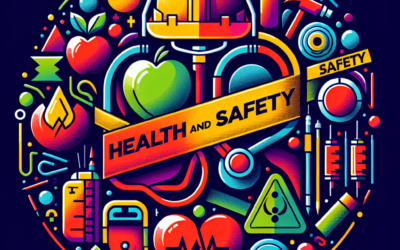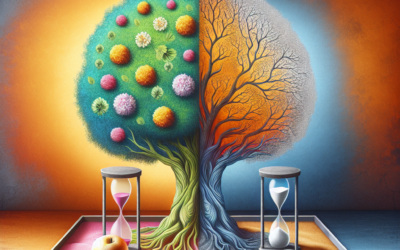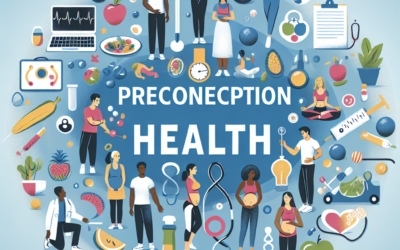Introduction
The journey of pregnancy and the growth of a newborn are among the most fascinating phases of human life. From conception to the first years of a child’s life, significant changes and developments occur. Understanding these processes can help expectant parents and caregivers provide the best possible environment for healthy growth and development.
Stages of Fetal Development
The development of a fetus occurs in three trimesters, each marked by distinct milestones.
First Trimester (Weeks 1-12)
During the first trimester, the foundations of all major bodily systems are formed. Key developments include the formation of the brain, spinal cord, and heart. By the end of this stage, basic facial features begin to arise, and limbs start to develop.
Second Trimester (Weeks 13-26)
In this trimester, the fetus grows significantly. Key developments include the growth of hair and nails, the ability to hear, and the development of more defined facial features. This phase also marks increased movement, as the fetus begins to kick and turn.
Third Trimester (Weeks 27-40)
The final trimester is crucial for growth and maturation. The fetus gains weight, and organs continue to develop. The brain undergoes significant growth, and the body prepares for life outside the womb. By the end of this trimester, the fetus typically positions itself head-down in preparation for birth.
Pregnancy Health and Nutrition
Maintaining proper health and nutrition during pregnancy is vital for the growth and development of the baby.
Balanced Diet
A well-balanced diet rich in vitamins and minerals supports both maternal and fetal health. Key nutrients include:
- Folic Acid: Important for reducing the risk of neural tube defects.
- Iron: Essential for preventing anemia and supporting increased blood volume.
- Calcium: Vital for the development of strong bones and teeth.
Regular Check-Ups
Regular prenatal check-ups allow healthcare providers to monitor the growth of the fetus and the health of the mother. This is a critical time for identifying any potential complications.
Infant Growth and Development Milestones
Once the baby is born, growth and development continue at a rapid pace. Typically, infant development is tracked through key milestones.
Physical Development
In the first year, babies undergo rapid physical changes:
- 0-3 Months: Reflexes develop; babies can lift their heads and grasp objects.
- 4-6 Months: Babies begin to roll over, sit with support, and reach for toys.
- 7-12 Months: Crawling, standing, and possibly taking first steps occur during this period.
Cognitive Development
Cognitive skills also develop quickly in infants. Babies begin to recognize faces, respond to their names, and show interest in their surroundings. Simple interactions, such as reading and playing, stimulate cognitive growth.
Social and Emotional Development
Emotional bonding is crucial during infancy. Babies start to develop attachments to caregivers and express their feelings through crying, smiling, and laughter. Responsive parenting fosters secure attachment and promotes social skills.
Supporting Healthy Growth and Development
Creating a nurturing environment is fundamental for supporting both prenatal and infant development.
Creating a Positive Environment
For pregnant women, a positive and stress-free environment contributes to fetal well-being. After birth, a safe and loving home environment is essential for a baby’s emotional and social growth.
Encouraging Engaging Activities
Engaging in interactive activities—such as talking, singing, and reading to a baby—supports cognitive and language development, while physical play encourages motor skills.
Conclusion
Understanding the growth and development of both the baby and the pregnant mother is essential for ensuring health and well-being. By paying attention to nutrition, regular check-ups, and creating a supportive environment, parents can significantly impact their child’s development during these formative stages. Investing in these early years lays the groundwork for a healthy and thriving future.










